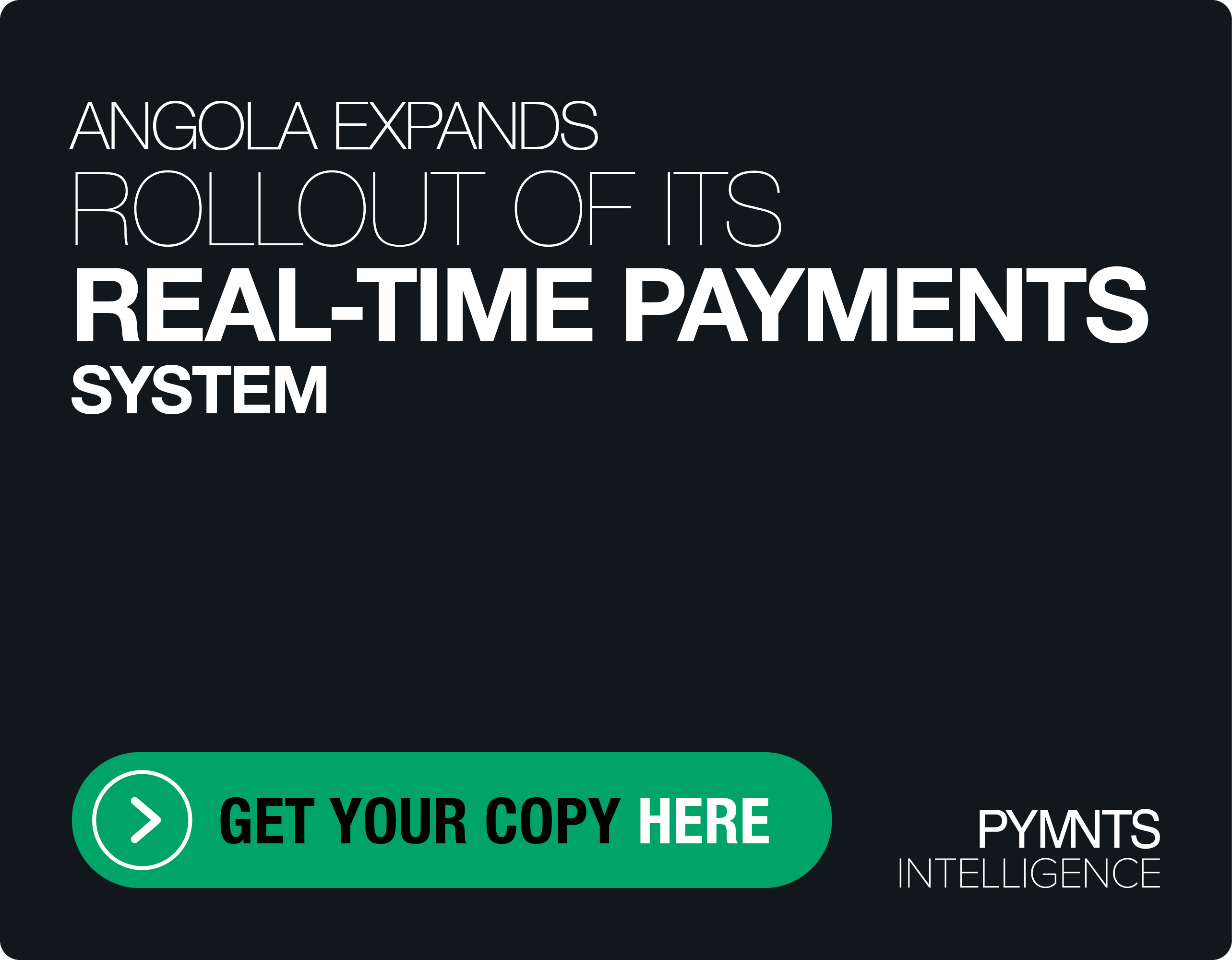Italian Shoppers Embrace New Cash-Back Program For Credit Card Payments

Italian consumers are embracing a new government program aimed at boosting retail sales while tamping down on tax evasion that allows buyers to receive a 10% refund on card payments made in stores.
According to Reuters, around 10% of Italy’s adults, or at least 5 million consumers, have enrolled in the pilot program, which involves registering online and downloading an app. The program, which began on Dec. 8 and runs until the end of the year, allows shoppers to save up to 150 euros.
Because digital transactions are traceable, the Italian government hopes the app will help tamp down on tax evasion, which is estimated at around 109 billion euros a year. The government plans to spend 4.75 billion euros to fund the program into 2022 but has not offered any projections on how much additional tax revenue it expects the program to generate, Reuters said.
Rome has gone a step further and is offering a 1,500 euro prize for the first 100,000 people who make the largest number of card purchases within the first six months of 2021, Reuters added.
Last December, Italy, which has one of the lowest rates of credit card use in Europe, announced the government would give bonuses to those who use electronic payment services over cash. The government put aside $3 billion to finance the bonuses for the next fiscal year. By offering the incentive, they hope to cut down on black market deals and fraud, according to The Financial Times.
The European Central Bank, meanwhile, has said governments should take a neutral approach to how payments are made and complained it wasn’t consulted on the cashback program. And the Italian retail association Confesercenti has asserted the new program does little to boost purchasing as most card users already spend more than the 3,000 euros-per-year cap set by the program, Reuters said.
“When fully operational, the scheme could generate a shift of just 4% of spending from cash to electronic means of payment in 2021,” Confesercenti said in a study released last week.
Other critics have argued that tax evasion more commonly occurs in transactions involving service providers, who can still offer significant discounts if they are paid in cash.
Studies have also indicated that the days of businesses using “petty cash” to pay for transactions could be coming to an end.
Going cashless has long been a conversation in the consumer payments world, but a report from HSBC in the U.K. suggests businesses could be following suit.
An analysis of contactless card transactions revealed that the volume of commercial card contactless payments, both debit and credit, jumped 24 percent between 2018 and 2019. At the same time, commercial credit cards’ cash advances dropped 14 percent last year.
According to HSBC, the data could signal a decline in businesses’ use of “petty cash” as corporates make the shift to corporate cards.
Cash-back payments have also become increasingly popular options with consumers who now find it difficult to take advantage of other card reward programs, such as travel points, during the pandemic.
Issuers need to think more about cash back, which was incredibly popular with consumers even pre-pandemic, Chris Roncari, Elan’s head of credit card product development, told PYMNTS in August. Roncari added that it’s only grown more in-demand of late because cash rewards provide the most flexible reward for consumers.
Cash back can either come in the form of a certain percentage connected to consumer spending, or it can involve a system where merchants make it easy for customers to redeem points for cash or gift cards, he explained.
“I think we will see cash back continue to increase in popularity,” Roncari predicted. “Any issuer that has a points program and doesn’t have cash back as a redemption option will have to think about finding a way to include that feature.”
